based on the Epic of Gilgamesh / Tjaša Črnigoj
“...one for the other, one supporting the other and one at the expense of the other...”
Premiere
Gallery
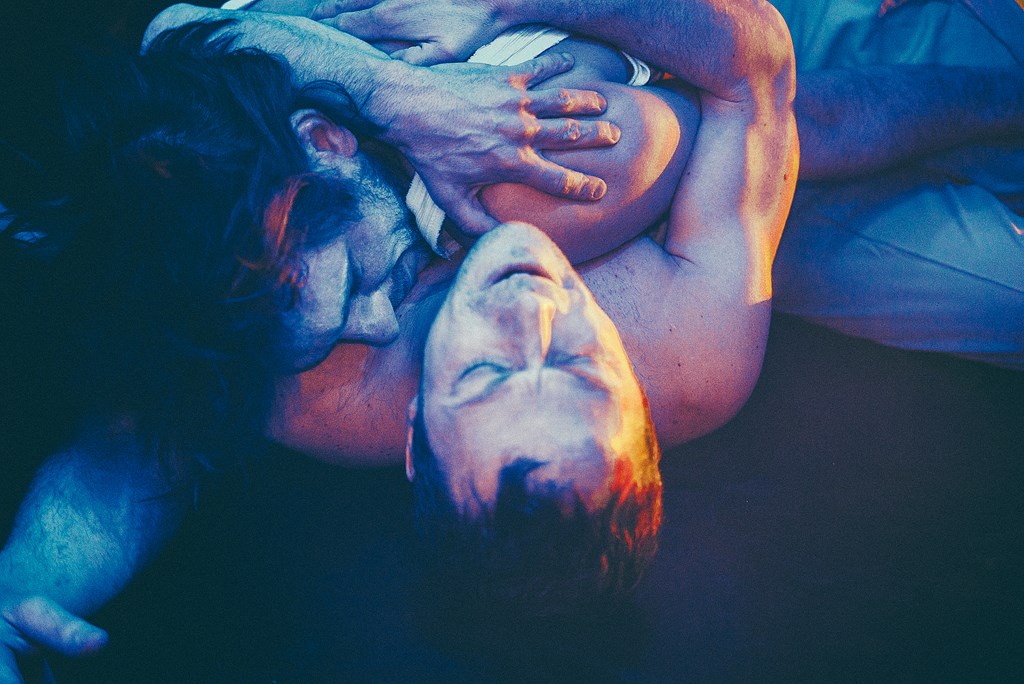
About the performance
The Epic of Gilgamesh was created in Mesopotamia, sometime during the second millennia BC. The first known version of the epic supposedly emerged as an ode to Gilgamesh, the heroic leader, who stood up to the gods and confronted death (the fate gods intended for people) with his military campaign and the search for bodily immortality. However, the Epic of Gilgamesh changed and evolved through time. This was governed by the changes in society and the changed attitude of people towards gods. Thus, in the later version, which is today considered to be the standard version, the story of Gilgamesh was set in a completely new context, with a different emphasis. It was set in a narrative frame of an autobiography in the third person, and it included Gilgamesh’s death. It seems that the standard version mentions Gilgamesh’s death and goes deeper into the fear and questions surrounding death as well as discusses the truly important things in life. These are issues with which every man can identify. – At the same time the Epic of Gilgamesh still preserves some of the spirit of the ode to a heroic ruler, which is most likely a result of the winding path of its origin!
The text thus includes both, Gilgamesh’s heroic rebellion against death as well as his human confrontation with death! It seems that the Epic of Gilgamesh in a way discusses Gilgamesh’s heroic masks only so that he can take them off later. This text becomes a polygon od heroic masks that Gilgamesh puts on but is then forced to take off and cry for them – so that he could face his death and become merely a man amongst people.
Gilgrieving is an event; it is a mourning ritual; ritual lamentation and grieving for Gilgamesh’s heroic masks. Two performers, two actors, two individuals one for the other, one supporting the other as well as one at the expense of the other; they show their versions of Gilgamesh’s masks; in their persistence they tire, bury the masks and grieve for them. All of this in the name of staring death in the eyes. Through the epic poem to their own skin; through laughter to the screams of wounded animals; through one own’s body to the contact with the physicality of the other. Gilgrieving is a dance with death!
Credits
Based on the motives of the Epic of Gilgamesh.
Translations: Mirko Avsenak and Andrew George
Directed by: Tjaša Črnigoj
Costume design: Tijana Todorović
Sound design and music: Aleš Zorec
Light design: Tjaša Črnigoj
Proofreading: Kristina Anželj
Performers:
Rok Kravanja
Andraž Jug
Head of the technical team: Grega Mohorčič
Executive producer: Anja Pirnat
Produced by: Gledališče Glej
We would like to thank: Kreatorij DIC, Alenka More (OTO - NTF), Mira Jarni and Iztok Vadnjal (SNG Drama Ljubljana), Tomaž Kovačič, Igor Remeta




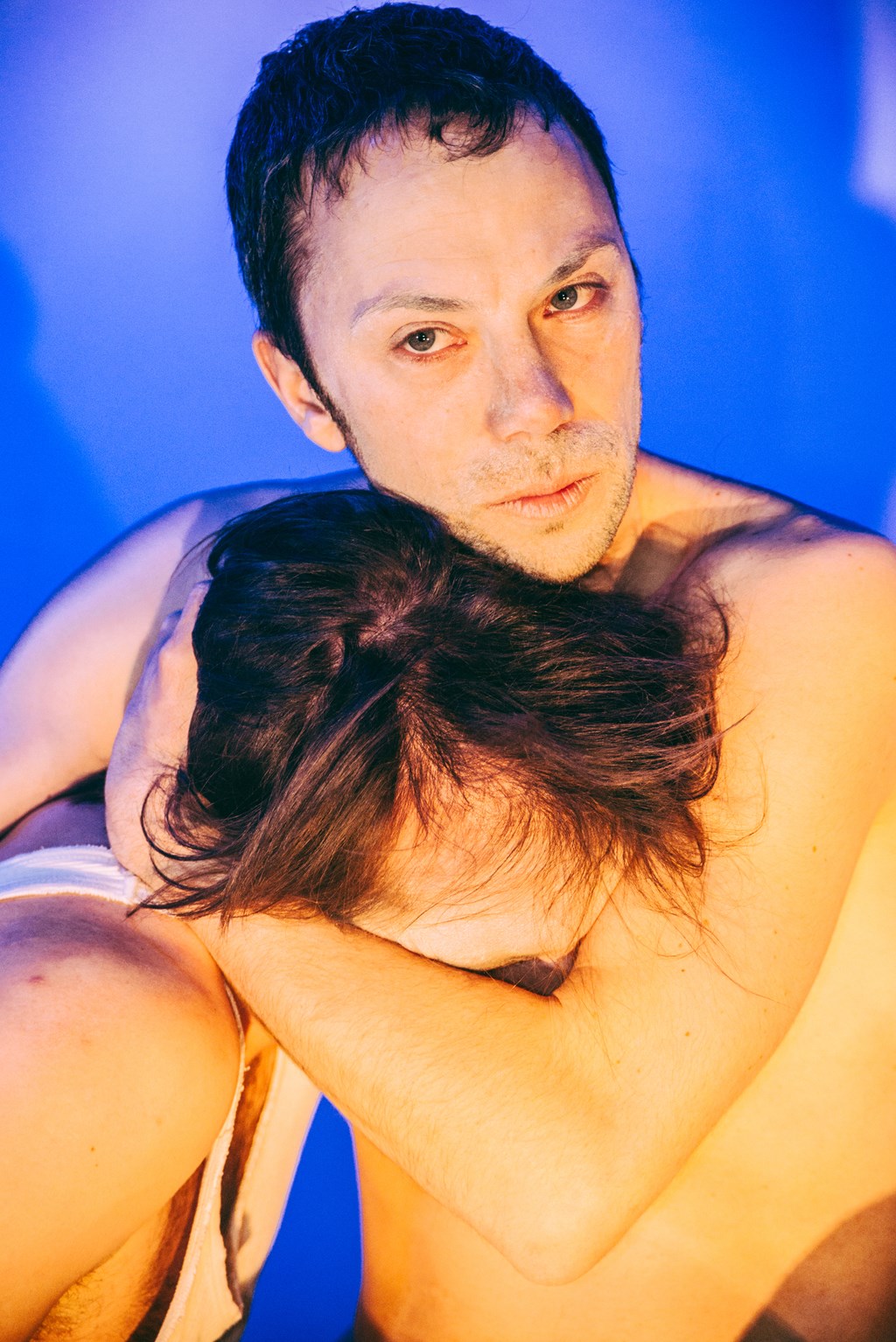
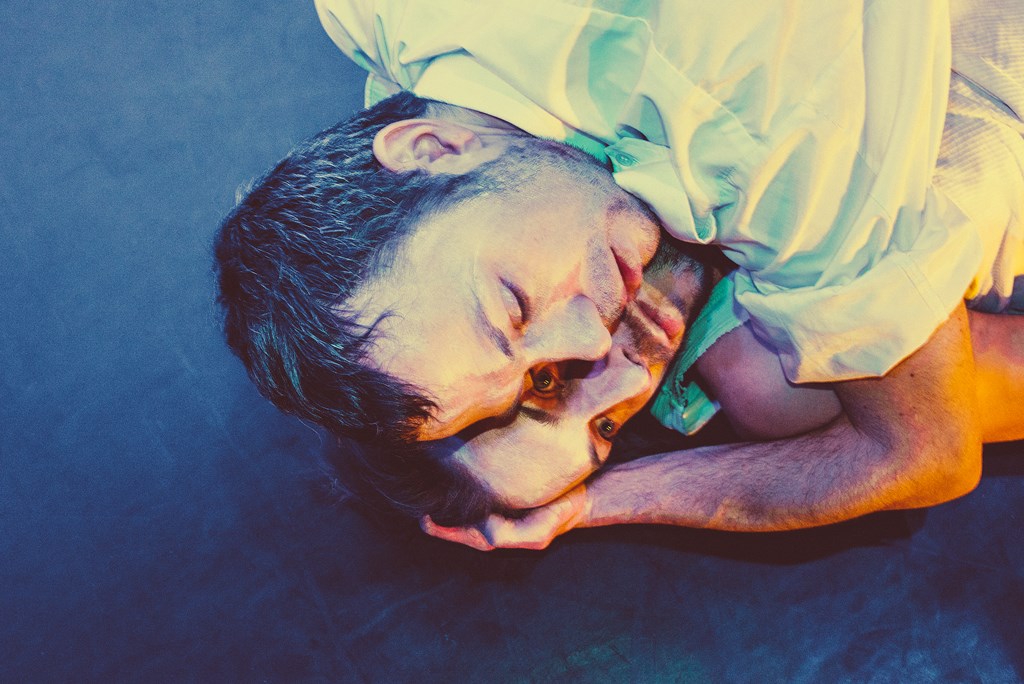
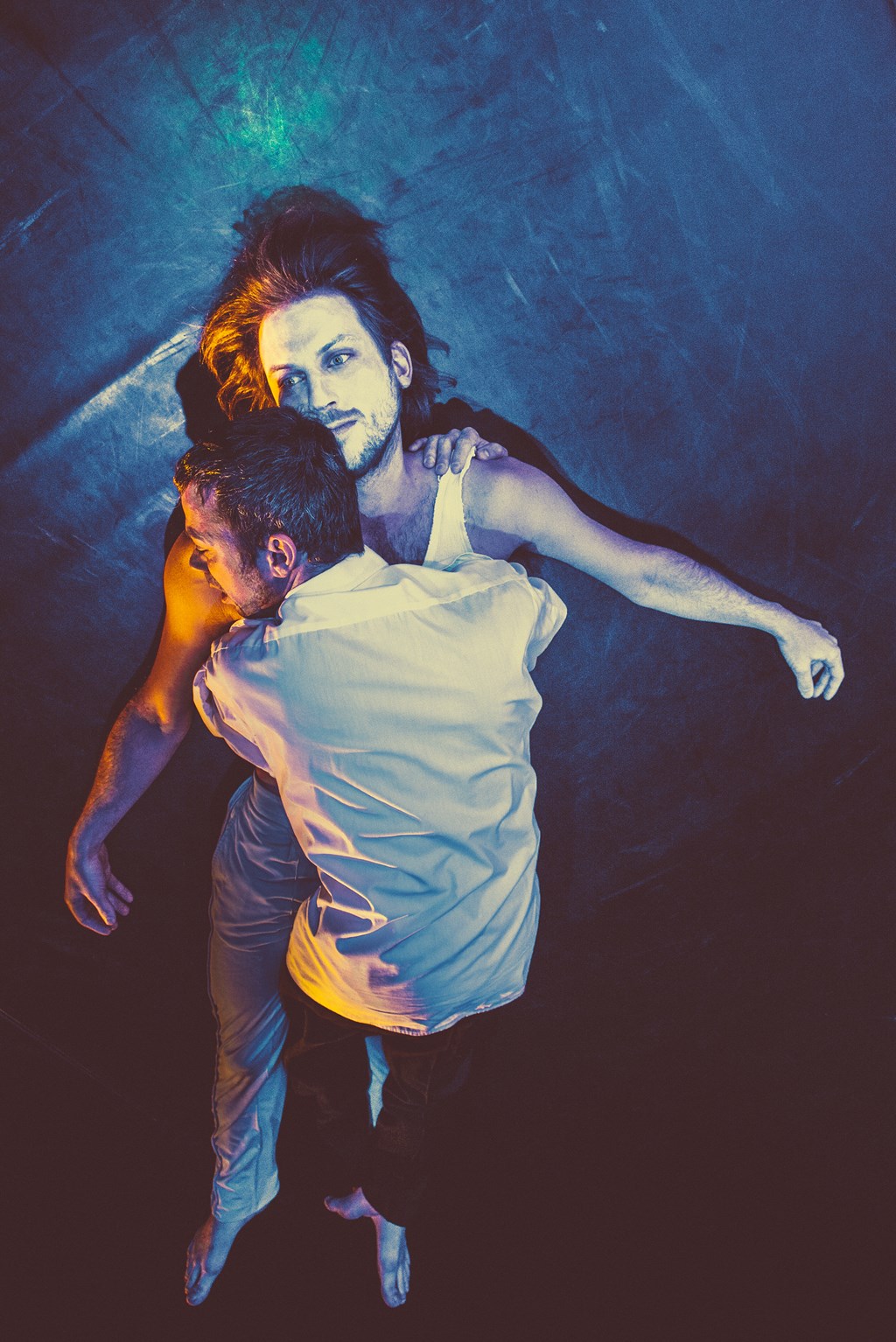
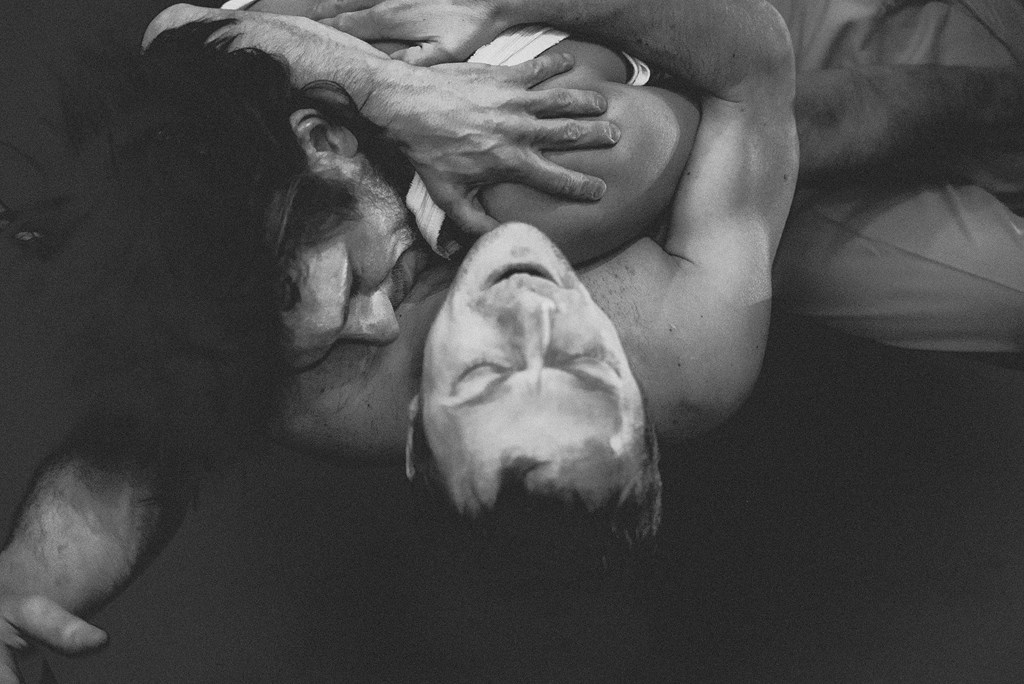
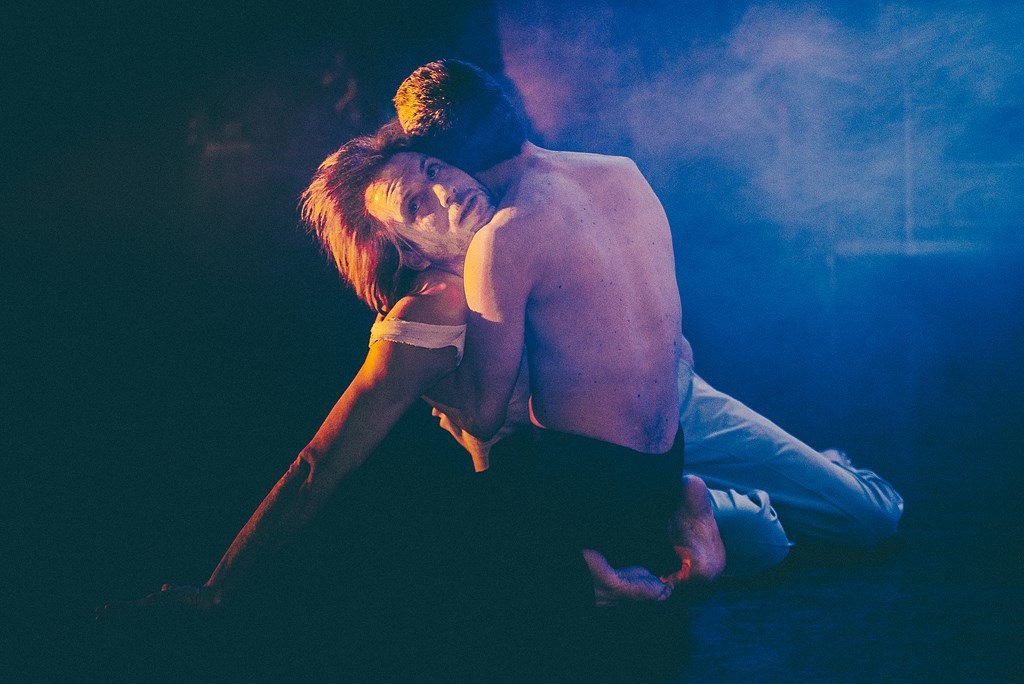
Premiera je razprodana.